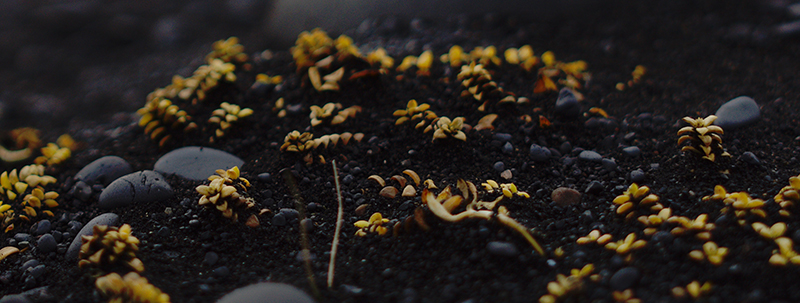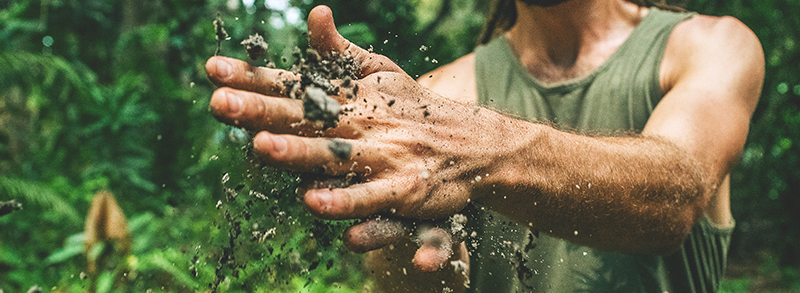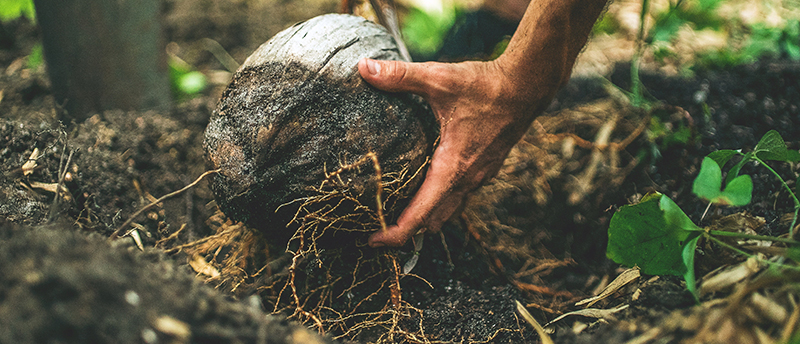How to Start Composting in 4 Simple Steps
Regardless of the method you adopt to create your own compost, there’s one thing you’ll always need an endless supply of, and that’s patience. Having said that, if you really need to get things moving in your garden, there are ways in which you can speed up the composting process (more on this below) in order to reach your gardening goals that much sooner, but believe us when we say that even the speediest of composts take a few months to mature. And naturally, the longer you allow your compost to develop, the richer and better it will be for your garden anyway. So, relax a little.

Why should you compost?
Before we get into the details of how to start composting, let’s consider the many positives to be had from creating your own compost. Well, first up, composting is great for the environment and provides the perfect opportunity to recycle a range of materials. Secondly, there’s little better for healthier plants than a thriving, organic compost, because when you add compost to your garden, you can neutralize the pH quality of the soil, and help plants to improve their ability to hold nutrients. And then there’s the fact that composting is actually a lot of fun. So, when you take all of this into consideration, why wouldn’t you want to compost? Let’s get started…

Step 1: How to start composting
So, first, you’ll need a solid supply of green material and brown material (explained in more detail below), and a suitable place in your garden to house your compost. Choose somewhere flat, well-drained, and sunny to avoid problems that occur when compost is either too wet or too dry. Then comes the selection of the compost container itself…
Step 2: What kind of container do I need for creating compost?
There are three things that compost needs to thrive: warmth, moisture, and air. So, whatever container you choose, it should allow air to penetrate even into the depths of the compost. In fact, our spring pot containers are perfect for making compost because of the breathable fabric that helps to keep air circulating. The container you choose should also keep the contents of the compost damp, but not too wet. As damp as a squeezed-out sponge is what you should be aiming for. Again, spring pots are great for composting because excess water can easily drain away through the sides and bottom of the fabric.
As a general rule, try to keep the temperature of the compost at around 140°F. The heat will promote the development of healthy bacteria. And just so you know, the bigger the compost, the warmer it will get. Why? Well, a large heap of compost gives bacteria more material to work on. The more the bacteria works, the warmer the compost gets. You might also want to invest in a lid or cover for your container to protect the contents from flooding when it rains. If your compost is too wet, you run the risk of developing mold or fungi. The good thing about moisture levels is that they’re easy to control. When your compost gets too wet, you just need to add more brown, dry matter. When it’s too dry, a little light sprinkling of water is all that’s needed to bring your compost back into balance.
Oh, and if you turn your compost over on a regular basis, like once a week, then you give air a better chance of circulating. More air means more oxygen, and more oxygen means active bacteria.

Step 3: A recipe for thriving compost
Creating compost is kind of like baking a cake. The only difference is, unlike a cake, if your compost starts to go wrong, it’s not that difficult to get it back on track. Good news for gardeners!
You need to think about your compost in layers. Begin with a layer of coarse material, like twigs, to make sure any excess water is able to drain away, and then build up bit by bit by alternating between one layer of green material and one layer of brown. Green material, full of nitrogen, will include things like grass cuttings, vegetable peelings, green leaves, and rotting fruit. Brown material, which is drier and full of carbon, is dead matter. We’re talking old stalks, twigs, sawdust, dried leaves, and bark.

Step 4: Ingredients to avoid
While in theory you can add all kinds of waste products to your compost, in practice there are some ingredients that you’d do best to avoid. For instance, if you throw a bunch of weeds onto your compost, or flower heads with seeds in them, then don’t be surprised if these start springing up all over your garden. Likewise, if you throw onion with white rot onto your compost heap, don’t be surprised if it infects your entire batch.
Your turn!
So, now you’ve got a better idea of how to go about creating your own compost, make sure you put your positive efforts to good use. Sprinkle it on your lawn a few times a year, use it to cover your flower beds and the base of trees and shrubs, mix it together with your flower bed soil, and use it as a kind of soil conditioner when planting or transplanting seedlings. It’s time to compost!






